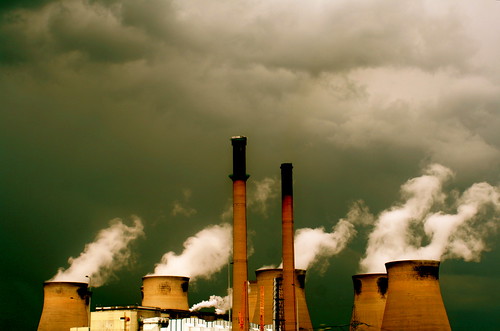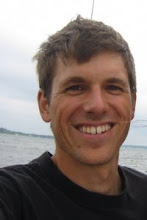
"As recession-wary Americans adapt to a new frugality, Japan offers a peek at how thrift can take lasting hold of a consumer society, to disastrous effect," writes Hiroko Tabuchi in yesterday's New York Times. The article offers examples of how the Japanese are cutting consumption:
Today, years after the recovery, even well-off Japanese households use old bath water to do laundry, a popular way to save on utility bills. Sales of whiskey, the favorite drink among moneyed Tokyoites in the booming ’80s, have fallen to a fifth of their peak. And the nation is losing interest in cars; sales have fallen by half since 1990. . . . a survey last year by the business daily Nikkei found that only 25 percent of Japanese men in their 20s wanted a car, down from 48 percent in 2000, contributing to the slump in sales. Young Japanese women even seem to be losing their once- insatiable thirst for foreign fashion. Louis Vuitton, for example, reported a 10 percent drop in its sales in Japan in 2008.The premise is that all this thrift is hurting Japan's ability to weather the global recession. "Japan’s economy is in free-fall because it cannot rely on domestic consumption to pick up the slack," Tabuchi writes. Saving instead of spending could lead to deflation, the author warns.
Yet the article, published in the Business section, does little to explain exactly what "disastrous effect" this frugality might have other than to spur deflation. Deflation, in which the prices of goods and services drop, and the value of a dollar (or yen) increases, can be self-reinforcing, possibly leading to what economists call a deflationary spiral, in which production and demand fall together. It is this potential for shrinking GDP--and the accompanying loss of jobs--that worries economists.
While deflation's potential to negatively impact individuals, especially those who haven't saved, is very real, let's look at it in a different way. Given what we now know about the earth's limited ability to provide the raw materials and energy for human consumption (and absorb its wastes), it is very likely that we will have no choice but to curb our consumption in the future, especially since there will be more and more people vying for limited resources. In other words, whether we like it or not (and there is much not to like), consumption cannot expand exponentially forever. Perhaps a shift from borrowing and spending to saving is a rational, sometimes even a desirable trend.
“As the world becomes full of us and our stuff, it becomes empty of what was here before," writes economist Herman Daly. In other words, "When the economy’s expansion encroaches too much on its surrounding ecosystem, we will begin to sacrifice natural capital (such as fish, minerals and fossil fuels) that is worth more than the man-made capital (such as roads, factories and appliances) added by the growth"
The result is uneconomic growth. The question is not if we will reach that state if we keep growing, but when. Not surprisingly, the answer is subjective and depends on the value we place on “what was here before”—all those fish, minerals, and fossil fuels, not to mention ecosystems, familiar weather patterns, forests, biodiversity, and so on.
While we're used to measuring the well-being of a nation by how fast its economy grows, it is becoming apparent that at least some of this growth in GDP--which depends largely on rising consumption--is uneconomic in nature. That is, after we balance the benefits of our consumption with its deletrious effects, our quality of life may actually be diminished.
It is telling that the goods Tabuchi reports the Japanese are giving up are largely luxury items--designer handbags, expensive whiskey, personal automobiles, and the like. That highlights how dependent the world economic system is on what might be considered superfluous consumption. We make every effort to direct our economies to grow not merely to meet our needs, but for the sake of growth itself, doing so because we worry about the "disastrous" effects if we don't: mainly that the economy will contract.
But rarely do we consider the truly disastrous effects if we do continue to measure success only by growth. In a world running out of cheap energy and filling up with heat-trapping greenhouse gasses, the more sensible approach would be to strive for a more sustainable level of consumption. That's not to suggest that we should embrace the deflationary spiral. Rather, we must redefine the way we measure success--not by more Louis Vuitton handbags and cars but by quality of life and intact ecosystems.
My bet is that the future is going to be defined by limits, and the sooner we can start figuring out how to live comfortably and happily within them, the better chance we have at avoiding real disaster. So instead of brashly calling the reduced consumption in Japan, or anywhere else, "disastrous," we'd do better to keep an open mind and try to learn about how they're adapting. In the wake of our own big bubble popping and the collapse of the financial system as we know it, the spending and saving habits of disenchanted Americans may start to look a lot like those of the Japanese.
In the Times article, Tabuchi quotes a twenty-year-old Tokyo college student: “I’m not interested in big spending. . . . I just want a humble life.” It's an attitude that's certainly not as sexy as that of our recent pre-recession, high-rolling, ultra-leveraged past, but it's one that's much more grounded in reality.












